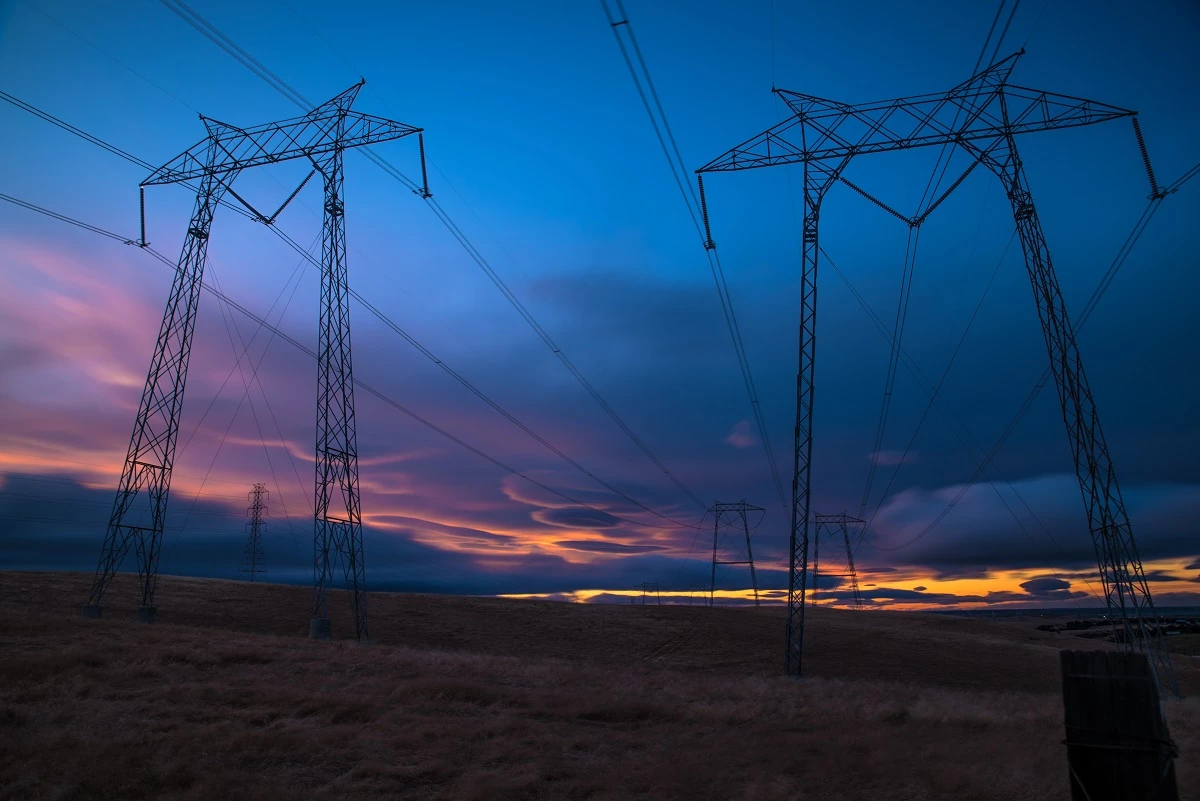
Member Article
Renewables all but close the gap with fossil fuel power generation
Only prolonged outages at two nuclear plants prevented renewables generating more power than fossil fuels in the three months to the end of September, in what was very nearly a landmark quarter for Britain’s power generation sector.
The latest report by Teesside-based energy market analyst EnAppSys says that power outages at Dungeness B and Hunterston nuclear plants prompted increased levels of generation from gas, which prevented renewables from taking the dominant share of power generation over the three-month period for the first time.
During the July-September period, renewables output reached 24.4TWh, closing the gap on fossil fuels at 25.1TWh which included 0.4TWh from coal-fired stations.
Although not the highest quarterly level of renewables generation on record, wind farm operators continue to benefit from the ongoing commissioning of new projects, with a steady stream of offshore wind farms coming online.
While renewable generation levels traditionally dip in the summer months due to reduced wind speeds, renewable output climbed 5% from the previous quarter and 13% from Q3 2018, reinforcing the prevailing trend.
In contrast, nuclear generation dropped 20% from Q3 2018 to 12.8TWh, and this 3.3TWh drop in power output was the key factor in prompting additional levels of gas-fired generation.
Paul Verrill, director of EnAppSys, said: “Britain’s power generation figures during the third quarter continued the trend of previous periods and it is now only a matter of time before renewables overtake fossil fuels as the dominant source of power.
“In particular, with further new CfD contracts recently being awarded, we are set to see significant further growth in future offshore wind capacity over the coming years.
“These strong levels of renewable generation, supported by falling gas prices, also contributed to declining prices in the power market over the three months – a feature that led to an 11% drop in power imports from Ireland and the continent.”
Overall, Britain’s power supply in the three-month period from July-September comprised 37.0% from gas-fired plants, 36.7% from renewables, 19.2% from nuclear, 6.5% from imports and 0.6% from ever-diminishing coal plants.
This was posted in Bdaily's Members' News section by EnAppSys .
Enjoy the read? Get Bdaily delivered.
Sign up to receive our daily bulletin, sent to your inbox, for free.




 test article 123456789
test article 123456789
 hmcmh89cg45mh98-cg45hm89-
hmcmh89cg45mh98-cg45hm89-
 test456456456456456456
test456456456456456456
 test123123123123123123
test123123123123123123
 test xxxdiosphfjpodskhfiuodsh
test xxxdiosphfjpodskhfiuodsh
 Savour the flavour: North Tyneside Restaurant Week returns for 2024
Savour the flavour: North Tyneside Restaurant Week returns for 2024
 Six steps to finding the right buyer for your business
Six steps to finding the right buyer for your business
 Stephen signs off on a special night
Stephen signs off on a special night
 Life’s a Peachaus: Gillian Ridley Whittle
Life’s a Peachaus: Gillian Ridley Whittle
 Making a splash: Phil Groom
Making a splash: Phil Groom
 Making workplace wellbeing a priority
Making workplace wellbeing a priority
 A record of delivery, a promise of more: Ben Houchen
A record of delivery, a promise of more: Ben Houchen